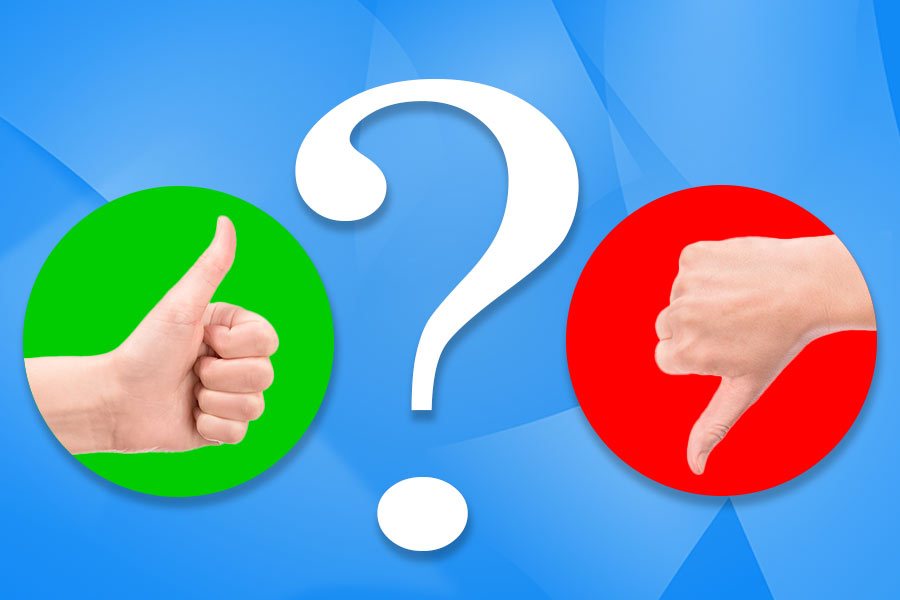
Encyclopedia search
One or more players play a scene in which they ask the observers, “What happens next?” Someone tells them, then the players do that. Then the players ask what happens next again, the viewers tell them, and the players do that. This pattern continues until the scene is over.
One of the best ways to understand spects more deeply is to ask the question “Why?” Spects’ answers illuminate their values and priorities. This is useful information when playing the spect’s story.
Begin by wiggling your thumbs. Let the wiggle gradually expand until your entire body is wiggling. Then let the wiggle gradually retreat back until only the thumbs are wiggling. Then be still.
A player stands in the center of a circle of six to eight players. The center player crosses arms over the chest and closes eyes. The circle players put their palms up a few inches away from the center player. Keeping the body straight as a board, the center player falls in any direction. Circle players catch the center player, then gently pass the player back and forth around the circle. As trust grows, the circle players move farther away, allowing more room for the center player to fall. The process finishes with all circle players putting their hands on the center player who is set upright in the middle. Repeat for each player in the circle.
Player A stands facing the group, holding an imaginary giant sword. Player A can make six different moves with the sword and the group has six corresponding moves to avoid the sword.
Each player in the scene has a shadow player who tells them how to respond—either with words, sounds, or silent body language. As the scene progresses, language is used less and less, until players are only using sounds and body language.
Players stand in a circle. Player A points to Player B and asks, “Yes?” Player B gives permission by saying, “Yes,” then Player A moves to Player B’s spot. Player B points to someone else and asks, “Yes?” When a “Yes” is received, Player B moves to that spot. This pattern continues.
A yes/no question gets you one of two answers—”yes” or “no.” Although the responses are limited, there are several ways that a yes/no question can be useful.
If you know that it’s time for a scene to end, talking more only makes the scene run longer. Stop talking, hear what the other player has to say, and respond with a physical button, and let the scene be over.




